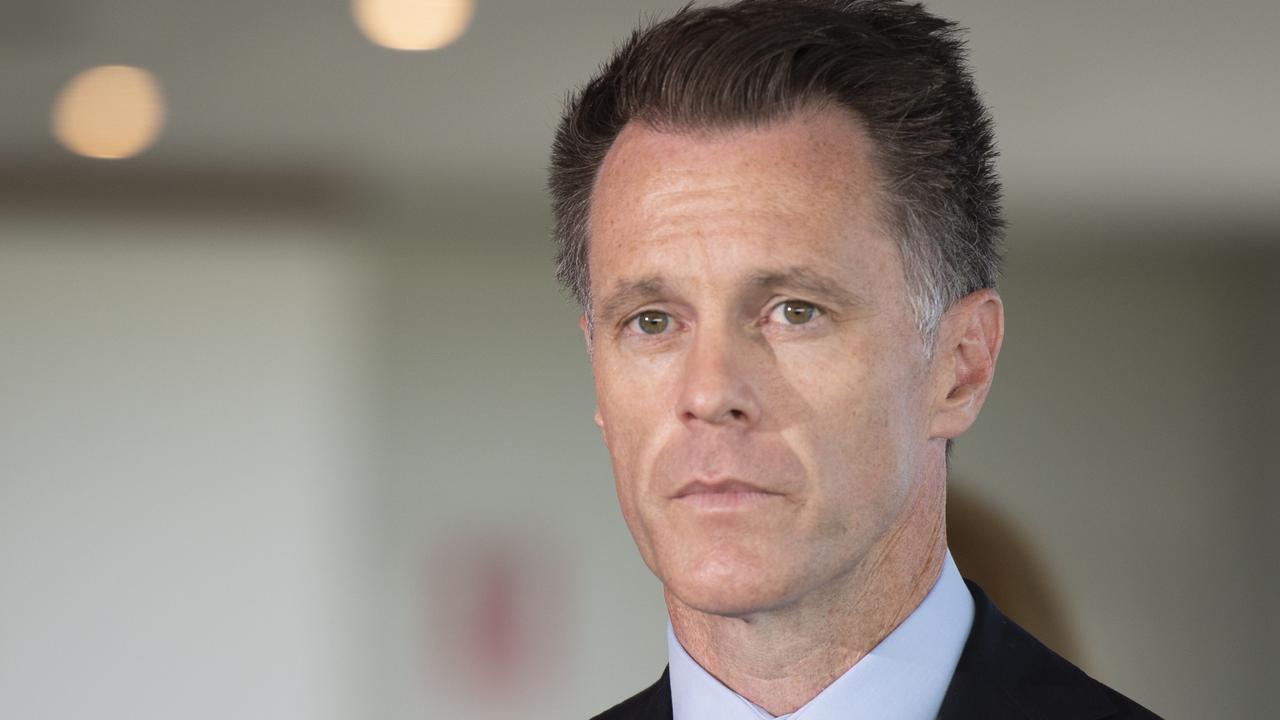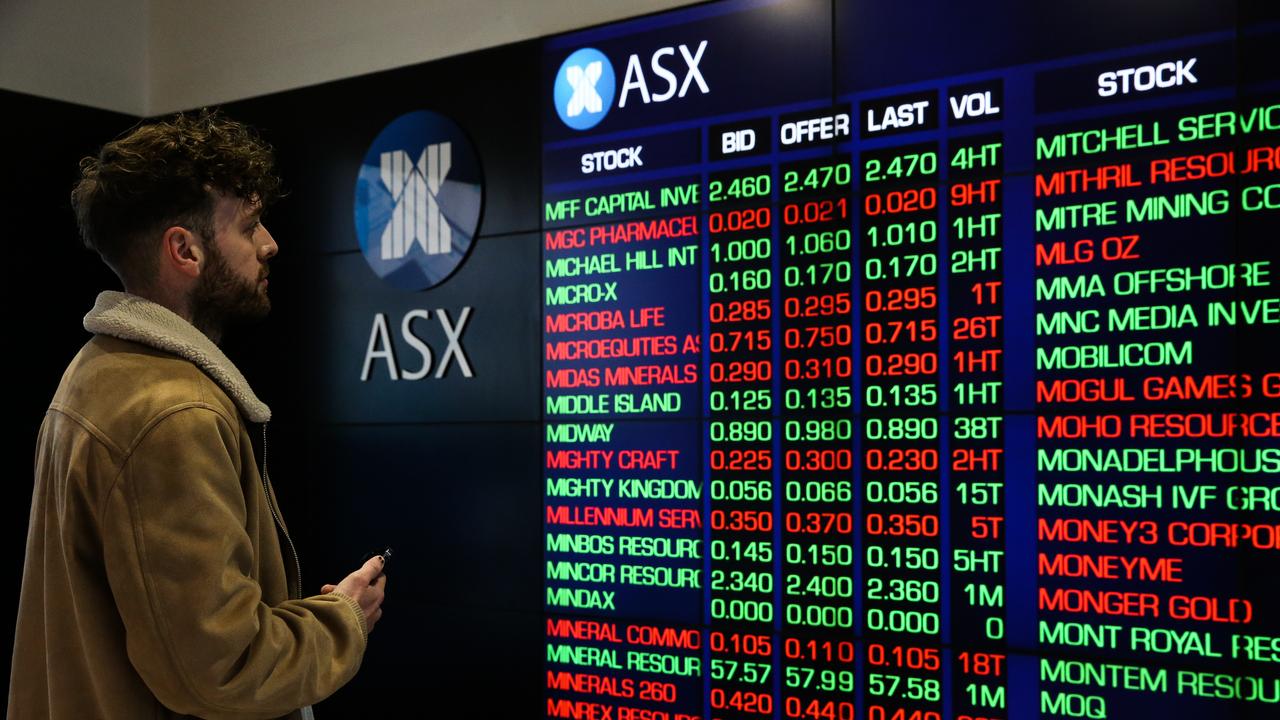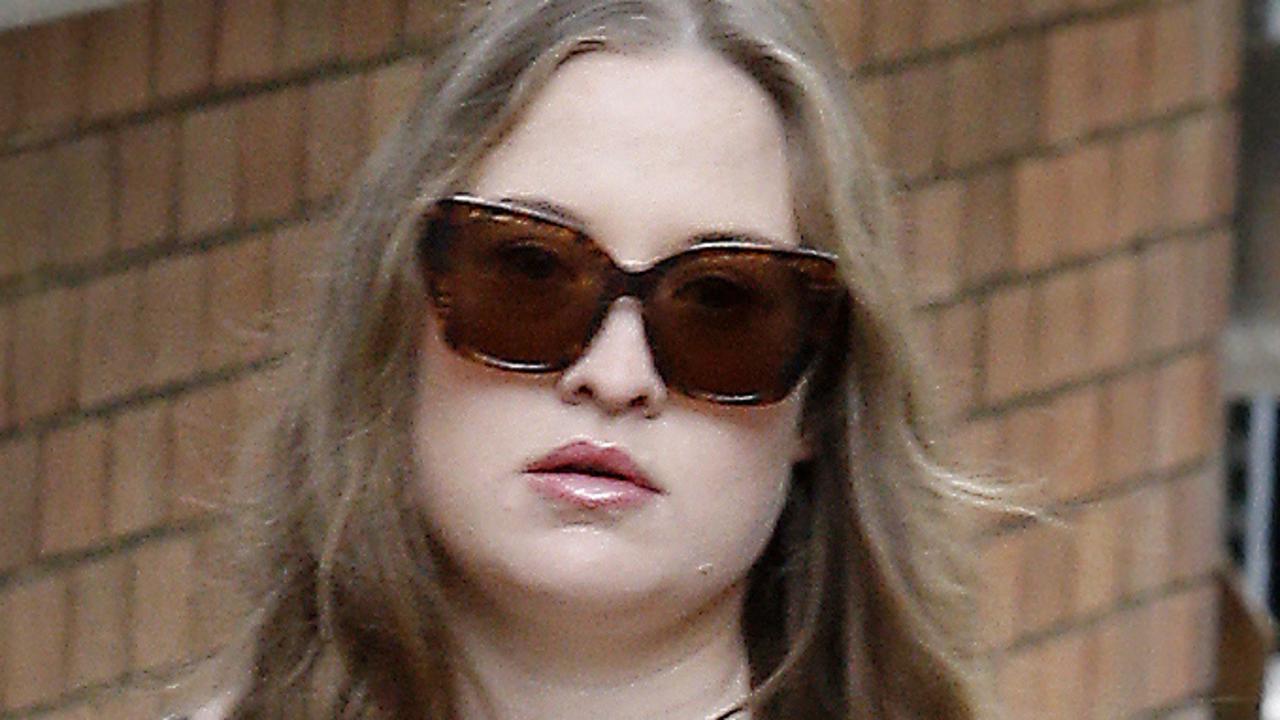Toyota to cease production by 2017: Altona plant closure sad but inevitable
ANALYSIS: Toyota always wanted to be the last to turn out the lights. If it went first it would have been blamed for killing the entire industry.
AND then there were none. Toyota will join Ford and Holden and close its Australian factory in 2017 after its car assembly operations lost an estimated $1.75 billion over the past 10 years — despite an injection of about $1.2 billion in taxpayer dollars over that period.
Toyota’s reported financial results have never reflected the true cost of building cars locally because it made up for the losses with the massive profits from imported vehicles.
READ: TOYOTA GONE BY 2017, WORKERS GUTTED
In the end, the strong Australian dollar, high labour rates and low import tariffs crippled the Camry factory in Altona on the western outskirts of Melbourne, and the jobs of the 2500 workers employed there.
The same economic conditions brought Ford and Holden to their knees. Indeed, the circumstances are so familiar the Toyota press release could easily have had Ford or Holden on the letterhead.
Toyota’s announcement will bring an end to vehicle manufacturing in Australia after more than 100 years — and any hope of a revival.
Vehicles have been assembled in Australia since the early 1900s, and by Ford in an official capacity since 1925.
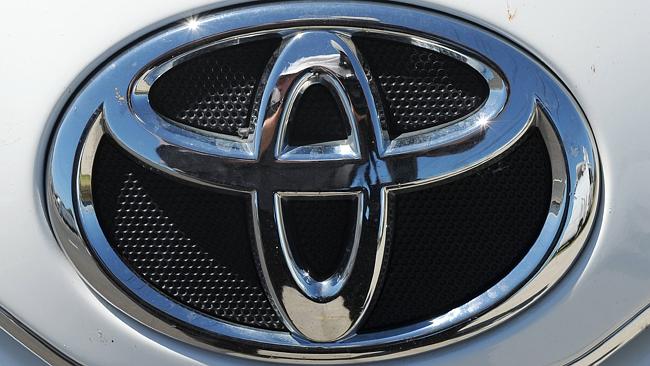
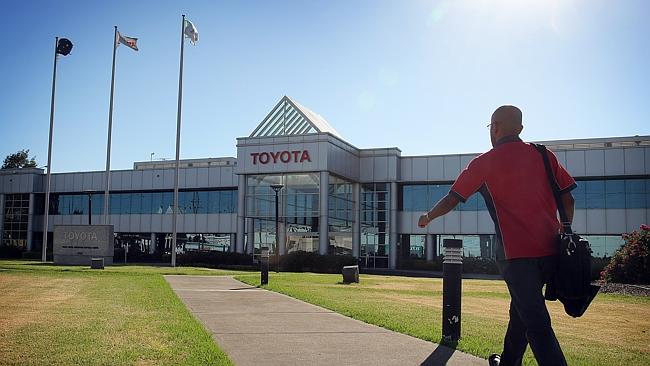
Nissan’s factory closure in 1992 was an early sign of the challenges ahead as neighbouring Asian countries with cheaper labour costs ramped up their car industries.
Mitsubishi’s factory shutdown in 2008 was much more ominous. Once Ford and Holden made their announcements last year — albeit six months apart — it was only a matter of time before Toyota would follow. It needed the other two car makers to help lower the cost of locally-sourced parts.
Toyota is not to blame for its dilemma. It built the first and only locally made hybrid car, favoured economical four-cylinder vehicles over big six-cylinder sedans made by Holden and Ford.

Toyota was the only one of the three car makers to do exactly as the Federal Government had asked: to export the majority of its production to boost economies of scale.
The problem was Toyota lost at least $2500 on every one of the approximately 70,000 Camrys it exported to the Middle East annually.
Domestic car sales are no longer enough to sustain an assembly line because the Australian market is the most congested in the developed world, with more than 60 brands competing for 1.1 million sales. In the US, 38 brands compete for more than 15 million sales.
Toyota always wanted to be the last to turn out the lights. If it went first, as the biggest producer of vehicles, it would have been blamed for killing the entire industry.
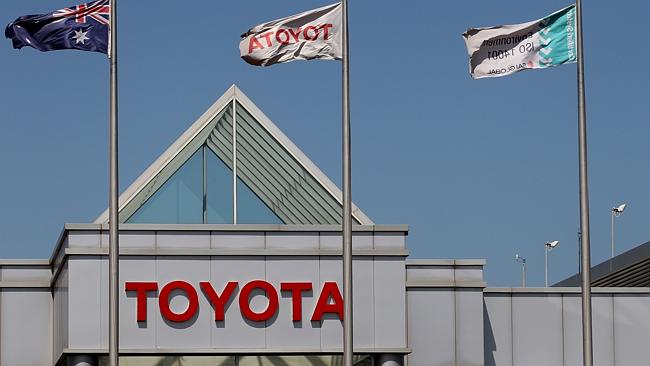
Now it can shut its factory doors without looking like the bad guy. Toyota insiders say the company’s local manufacturing operations had been holding the company back for at least 10 years.
The Japanese boss of Toyota Australia, the media-shy Max Yasuda, who once blamed the Australian worker culture of the “sickie” as one of the challenges to building cars here, said the shutdown was “devastating news”.
Behind closed doors, however, Mr Yasuda bluntly told his peers soon after his arrival “if Holden goes, we’ll go”.

The Altona factory is believed to be only the third in the world that Toyota has closed; a New Zealand assembly line shut in 1998 and a US joint-venture facility with General Motors was sold in 2010.
Toyota held Australia close to its corporate heart as it was the first destination for exports, and the first country outside Japan it assembled vehicles, starting with the Corolla in 1968.
There is no question Toyota Australia executives fought hard to save the factory. They overcame the first two cost-saving hurdles on the way to slash $3800 from the assembly of each car. But the next three were out of reach.
In the end it will be cheaper and more profitable for Toyota to import the Camry from one of the seven other countries where it is made, including Japan, Thailand, Taiwan and Vietnam.
The strong stance from a Federal Government refusing to prop up ailing industries could be seen clearly from Japan.
If the Federal Government couldn’t find $25 million to help Australia’s last fruit packing company, SPC, then Toyota would hardly be likely to have a more favourable hearing if asking for 10 times more than that.
It is sad that the Australian car manufacturing industry will come to an end, but it was inevitable.
Decades of government policies from both sides of politics have shaped the economic conditions that Australia now finds itself with.
Being surrounded by developing countries with low wages and governments keen to attract car factories — with no need for exports from Australia — left the Australian car industry with no way out.
This reporter is on Twitter: @JoshuaDowling
Government funding (2001 to 2012):
Holden: $2.17 billion
Toyota: $1.2 billion
Ford: $1.1 billion
Annual average (2001 to 2012):
Holden: $180 million
Toyota: $95.8 million
Ford: $87.8 million
Cars made locally in 2012:
Holden: 85,000
Toyota: 101,500
Ford: 37,000
Average taxpayer dollars per car built in 2012:
Holden: $2117
Toyota: $944
Ford: $2372

